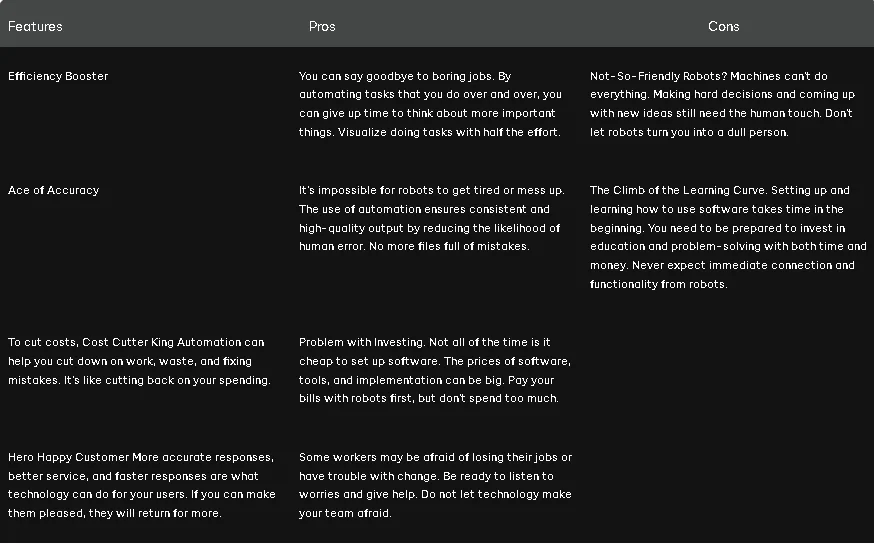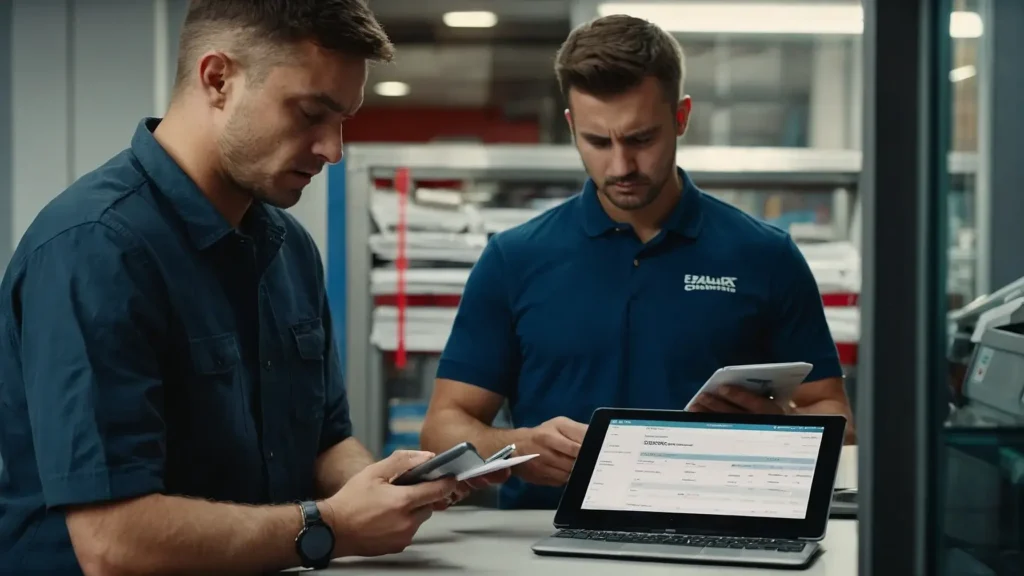Are you tired of doing the same things over and over? Do you wish you had more time to work on strategies? You can use automation as a hidden tool. But before you start, the first important step is to figure out exactly where it can have the most effect. First, figure out which tasks need to be done over and over, taking a lot of time, and leading to mistakes or delays. Think of them as road jams that make your work take longer. When you streamline these areas, you create a space for work that is more efficient, productive, and error-free. Are you ready to find out what is the first step in developing an Automation Strategy?
What is the First Step in Developing an Automation Strategy?
Picture your company as a busy city. People work hard to move between each building, which stands for a process. So, what is the first step in developing an Automation Strategy? The first step in developing an Automation Strategy is to look for ways to handle traffic more intelligently. How to do it:
Make a Map of Your Actions
See each step of your key processes as a picture. Are there physical jobs that need to be done over and over? Draw attention to them like traffic jams during rush hour.
Measure the Pain Points
Time each job, keep track of how often mistakes happen, and figure out how much human work costs. These are the signs that traffic is heavy.
Set goals Based on the Impact
Look for jobs that slow things down, use up too many resources, or leave a lot of room for mistakes. These are the main things you want to automate.
Building Your Automation Roadmap
Now that you know what your main automatic goals are and what is the first step in developing an Automation Strategy, let’s look at the next steps:
Technology Choice
Look into automation tools that can help you with the jobs you’ve chosen. You could use cloud-based solutions, robotic process automation (RPA), or solutions that are built just for you. Think of them as your new ways to handle traffic.
Test Projects
Start small with an automatic job that will have a big effect. This lets you test, improve, and get partners’ approval before going big. Think of it as a test run before the whole city’s traffic is changed.
Change Management
Get your team ready for the change. Deal with worries, give training, and stress the benefits. Remember that for technology to work, people have to accept it.
Continuous Improvement
Watch how things are going, ask people what they think, and improve the ways things are done automatically. To compare, picture making small changes to your traffic control system based on real-time information.
Also Check: How can Google AI Help Marketers Reach Potential Customers?

The “Winning” Strategy: It’s Not One-Size-Fits-All
There is no one “best” way to automate. The best way to do something rests on the desires, means, and goals of your business. But the top employees consistently stick to these guidelines:
- Start Small and Build Up Slowly: Do not put too much stress on your team or IT systems.
- Pay Attention to Important Tasks: Focus on automating tasks that will make a big difference in how quickly, accurately, or cheaply they are done.
- Invest in Tools That are Easy to Use: Pick options that have easy-to-use UI and good training materials.
- Adopt a team Approach: Get everyone involved to agree with the plan and give them the tools they need to take part in the process.

Common Challenges in Automation
Automation has a lot of perks, but it also has some problems:
- Because of the limits of technology, not all jobs can be fully automated. People may still be needed to make complicated decisions or handle relationships with a lot of subtleties.
- People who don’t want to change may be afraid of losing their jobs or have trouble getting used to new ways of doing things.
- Spending on tools and resources can be a big upfront cost when it comes to implementation costs.
The Benefits of a Robust Automation Strategy
That being said, it’s obvious that a well-thought-out plan for technology has benefits:
- Jobs that need to be done over and over again should be automated so that people can do more important work.
- Less Mistakes: It is less possible for mistakes to occur and outcomes are better when everything is the same.
- Cost Savings: You can save money on labor, resources, and fixing mistakes.
- Better Customer Service: quicker responses and more accurate delivery make the experience of the customer better.
- Competitive Edge: To stay ahead, you need to improve your processes and change with the needs of the market.
Final Words on What is the First Step in Developing an Automation Strategy?
I have tried to explain what is the first step in developing an Automation Strategy in a very simple and precise manner. To sum up, the first thing that needs to be done when making an automation plan is to figure out which business tasks can be automated the best.
To do this, you require mapping out your processes, looking at the tools for automation that are out there, setting KPIs, making a plan for how to apply the tools, and keeping tests and making the processes better. If businesses follow these steps, they can benefit from an automation plan that will make them more productive, save them money, and please their customers.
Now let’s discuss most asked question by people on topic What is the First Step in Developing an Automation Strategy?
Read: When are Automated Extensions such as Seller Ratings Shown?
FAQs
How do I know if my business needs automation?
Think about your problems, your funds, and your tech skills. Automation is probably a good idea if you have jobs that you do over and over, limited resources, or a wish to be more efficient.
What kinds of automated tools should I apply?
There are many choices, and each has its own pros and cons. Find out about and compare different options based on your income and wants.
How can I get my employees to accept automation?
The most important things are openness, conversation, and training. Make the benefits of technology clear, get staff involved, and be honest with them about their worries.
How can I tell if my plan to automate things is working?
Keep an eye on important measures like ROI, mistake rates, and cost savings. Check-in on the effects of technology often and make changes as needed.







